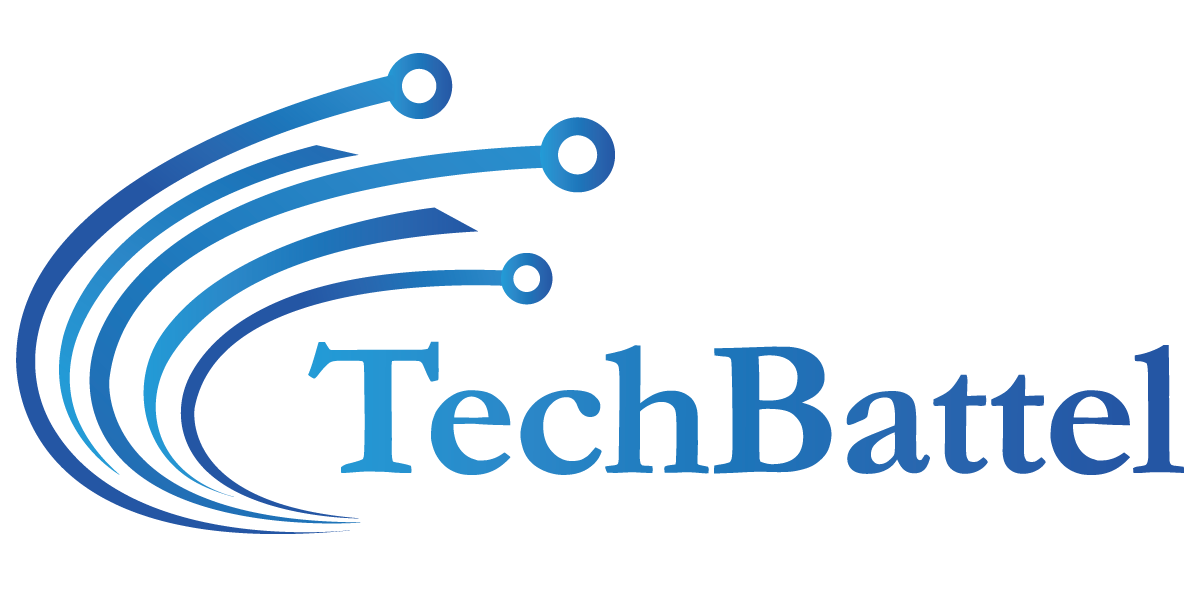Scoliosis is a common condition affecting the curvature of the spine. It affects millions of people worldwide, and Australia is no exception! It is estimated that out of a population of 26,299,795, one percent of Australians have scoliosis. According to a recent study, scoliosis develops in approximately 1 out of 15 Australian girls during their growth period between the ages of 9 to 14, often occurring a year before the onset of menstruation. In Australia, scoliosis is less prevalent in boys and typically arises a year before puberty.
If you are living in Adelaide- the capital city of South Australia, and looking for effective scoliosis treatment in Adelaide, finding the proper treatment will not be difficult. Fortunately, several treatment options and healthcare facilities are available for scoliosis in Adelaide and nearby regions. This article will explore effective scoliosis treatment options available in Adelaide that can help improve the quality of life for patients suffering from this condition.
Non-Surgical Treatment Options
Observation
For mild cases of scoliosis, observation is recommended. The doctor will monitor the curve’s progression through regular check-ups and imaging tests, such as X-rays. Observation may also be recommended for patients who have reached skeletal maturity and the curve has stabilized.
Physical Therapy
Physical therapy can effectively treat scoliosis, especially when combined with other treatments. Specific exercises can help strengthen the muscles around the spine, improve flexibility, and decrease pain. In some cases, a physical therapist may also recommend bracing.
Bracing
Bracing is often recommended for children or adolescents with moderate scoliosis. Braces work by applying pressure to the spine, helping to straighten it over time. Several braces are available, including the Boston Brace and the Milwaukee Brace, which are custom-made to fit each patient’s unique curvature. The patient may need to wear the brace for 16 to 23 hours daily for several years.
Surgical Treatment Options
Spinal Fusion
The fusion of two or more vertebrae through surgery, known as spinal fusion, aids in the straightening of the spine and the prevention of further curvature. During the procedure, metal rods or screws are often used to hold the spine in place while the fusion occurs. Spinal fusion suits patients with moderate to severe scoliosis who have stopped growing.
Growing Rods
Growing rods are typically used for children with a high risk of continued spinal curvature. These rods are surgically implanted and adjusted over time to help straighten the spine as the child grows. Growing rods may be used temporarily until the child is old enough to have spinal fusion surgery.
Vertebral Body Tethering
Vertebral body tethering is a newer surgical option that involves attaching a flexible cord to the spine. The cord helps to straighten the spine while allowing for continued growth and movement. Vertebral body tethering is ideal for patients still growing with fewer than 45 degrees curvature.
Which Treatment Option is Best?
The choice of treatment option for scoliosis depends on several factors, including the curvature’s severity, the patient’s age, and any underlying conditions. In general, non-surgical options are recommended for mild cases of scoliosis, while surgical options are recommended for moderate to severe cases. However, deciding which is the best option for you needs a thorough evaluation by a medical professional.
Scoliosis is a condition that affects the curvature of the spine, causing discomfort, pain, and decreased mobility. The options for scoliosis treatment in Adelaide vary depending on the curvature’s severity, the patient’s age, and other factors. Non-surgical options include observation, physical therapy, and bracing, while surgical options include spinal fusion, growing rods, and vertebral body tethering. However, the decision about which treatment option to choose should be made after a thorough evaluation by a medical professional. For more information visit this site.

